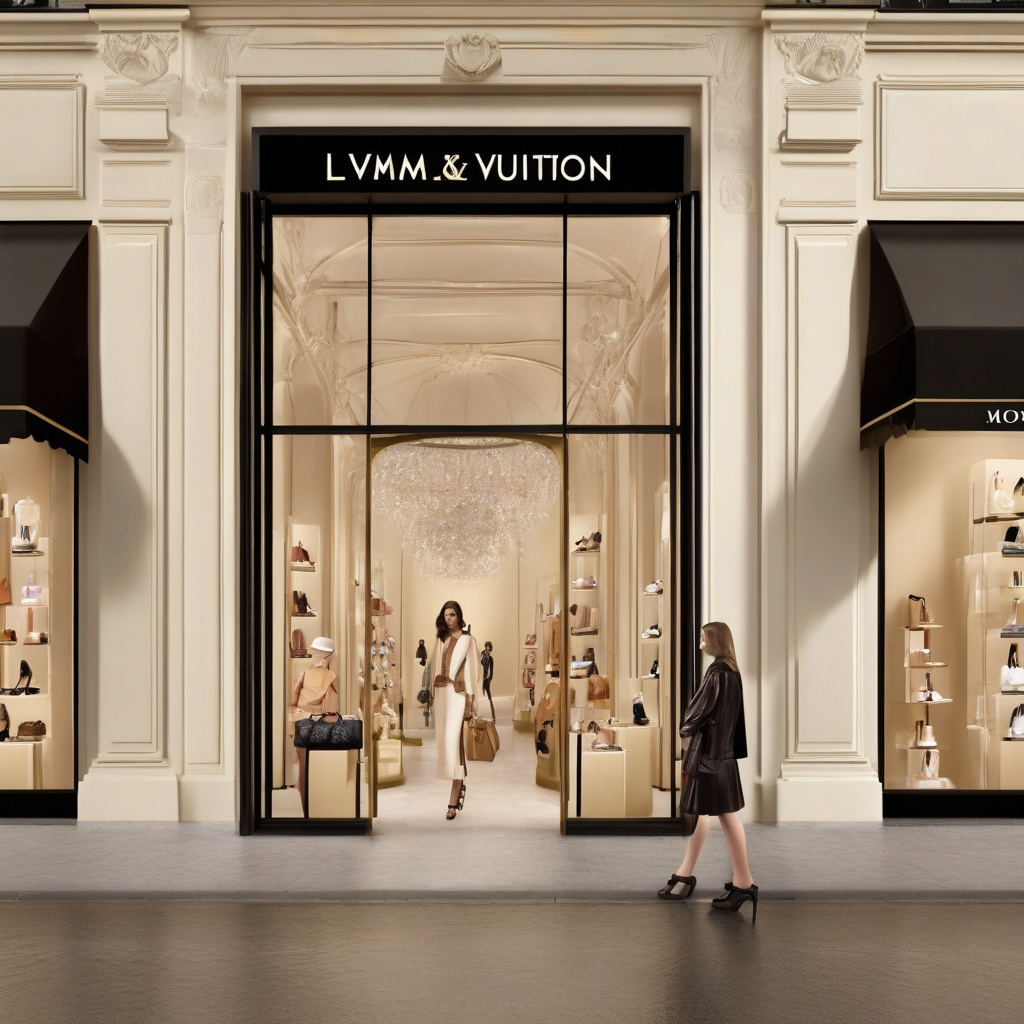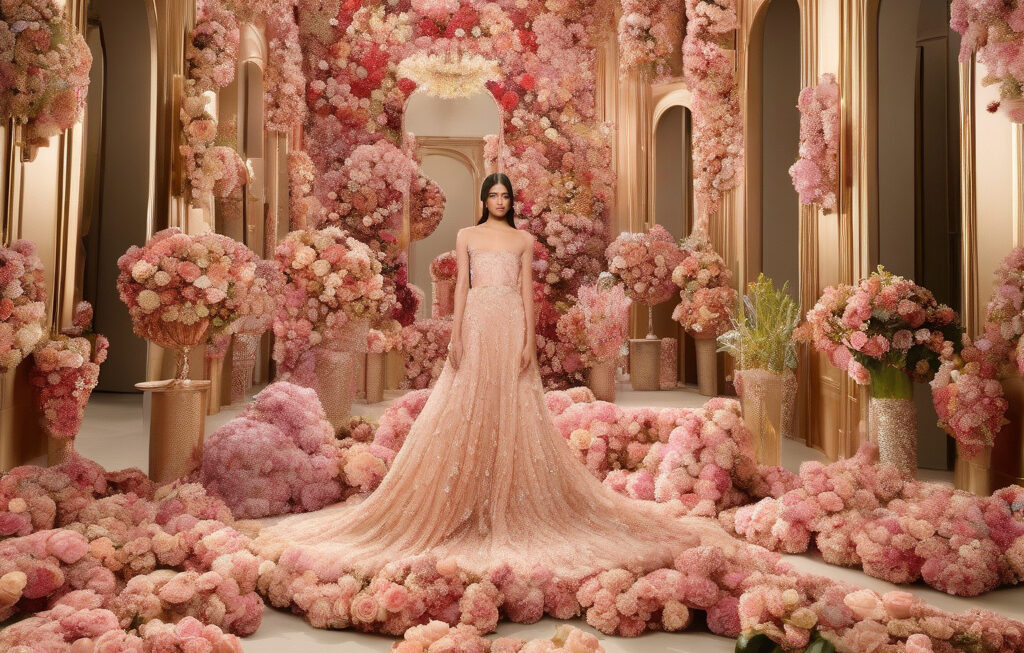LVMH Faces Setback as First-Quarter Sales Dip 5%
Luxury conglomerate LVMH, the powerhouse behind iconic brands like Louis Vuitton and Dior, recently encountered a stumbling block as its first-quarter sales in fashion and leather goods took a surprising downturn. The 5% decline not only missed projections but also raised concerns among industry analysts and investors alike.
The unexpected drop in sales for LVMH’s fashion and leather goods division has sparked speculation about the potential factors contributing to this decline. While the luxury sector has been grappling with various challenges in recent years, including changing consumer preferences and global economic uncertainties, LVMH’s performance in this key segment is particularly significant given its prominence in the luxury market.
One possible explanation for the sales decrease could be shifting consumer behaviors in response to the ongoing COVID-19 pandemic. With restrictions on travel and social gatherings impacting shopping habits, luxury retailers have had to adapt to a rapidly changing retail landscape. As a result, LVMH may have been more susceptible to the effects of these shifts, leading to a decline in sales for its fashion and leather goods category.
Furthermore, increased competition within the luxury market may have also played a role in LVMH’s sales shortfall. As new players enter the arena and existing competitors ramp up their offerings, established brands like Louis Vuitton and Dior are facing heightened pressure to differentiate themselves and capture consumers’ attention. This intensified competition could have influenced LVMH’s first-quarter sales performance, prompting the need for strategic adjustments in its marketing and product positioning.
Despite the challenges posed by the recent sales dip, LVMH remains a formidable force in the luxury industry, with a diverse portfolio of brands spanning fashion, cosmetics, and spirits. The conglomerate’s ability to innovate and adapt to evolving market conditions has been a key driver of its long-term success, enabling it to weather various economic downturns and shifts in consumer preferences over the years.
Looking ahead, LVMH’s response to the first-quarter sales setback will be closely watched by industry observers and investors. How the company addresses the factors contributing to the decline, implements strategic changes, and communicates its plans for future growth will be critical in determining its trajectory in the coming quarters. As one of the leading players in the global luxury market, LVMH’s actions and performance have broader implications for the industry as a whole.
In conclusion, while LVMH’s first-quarter sales decline in fashion and leather goods may have fallen short of expectations, it serves as a reminder of the challenges and opportunities inherent in the ever-evolving luxury sector. By leveraging its strengths, addressing market dynamics, and staying attuned to consumer trends, LVMH has the potential to navigate this challenging period and emerge stronger on the other side.
luxury, LVMH, sales, fashion, Dior, Louis Vuitton












